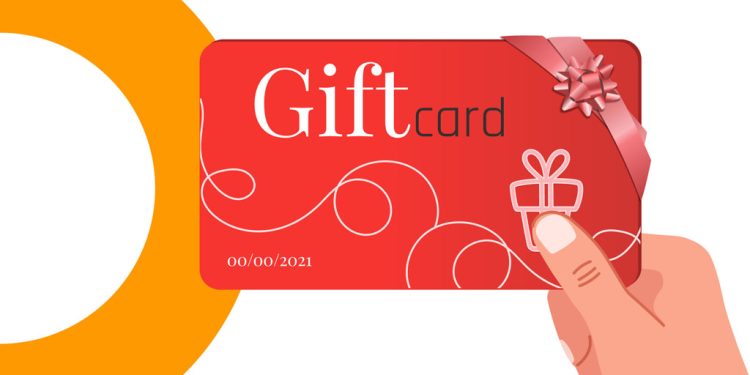Gift certificates are a popular and convenient gift option, allowing recipients to choose what they truly want or need. However, with the rise in digital transactions and online shopping, scammers have found ways to exploit gift certificates. Understanding how these scams work and knowing how to spot them can help protect both consumers and businesses. In this article, we’ll explore common gift certificate scams and provide tips on how to avoid them, especially focusing on 상품권현금화 schemes.
Common Gift Certificate Scams
1. Phishing Scams
Phishing scams involve fraudulent emails, messages, or websites that attempt to trick recipients into revealing sensitive information. Scammers may send fake communications claiming to offer free gift certificates, asking for personal details or financial information to redeem them. Once the scammers have this data, they can use it for identity theft or unauthorized purchases.
2. Overpayment Scams
In these scams, a scammer may purchase a gift certificate for a higher value than intended and then request a refund or ask the recipient to send cash back for the overpaid amount. The scammer will eventually disappear, leaving the victim with little recourse. Gift certificate cashing scams often involve this method, where victims are lured into sending money in exchange for a larger gift certificate.
3. Fake Retailer Scams
In this scenario, scammers create fake websites or social media pages that mimic legitimate retailers. They sell gift certificates at a discount or offer exclusive deals, but once payment is made, the site disappears or never delivers the gift certificates. This type of scam often targets holiday shoppers or those seeking deals for special occasions.
Warning Signs of Gift Certificate Scams
1. Unusual Requests for Personal Information
Be wary if a party requesting a gift certificate asks for more information than is necessary—such as your Social Security number, banking information, or other sensitive data. Legitimate businesses will only require basic details such as your name, email, and delivery address.
2. Overpayment or Excessive Refund Scenarios
Scammers frequently attempt overpayment tactics where they send a larger gift certificate than what was requested, and then ask for the difference in cash or another form of reimbursement. If you are requested to refund money for a larger gift card than intended, this is a major red flag for a gift certificate cashing scam.
3. Too-Good-To-Be-True Offers
Offers that seem too good to be true—such as massive discounts or special deals on highly sought-after items—should be carefully scrutinized. Scammers use enticing offers to lure victims into making quick decisions without performing proper research.
4. Poor Website or Communication Channels
Scammers often create fake websites or use low-quality communication channels. Look for poor grammar, spelling mistakes, or overly aggressive sales tactics. If a retailer’s website or contact methods seem unprofessional, avoid engaging further.
Steps to Protect Yourself from Gift Certificate Scams
1. Verify the Source
Always purchase gift certificates from reputable retailers or well-known stores. If the deal seems unusual or the retailer is unfamiliar, perform thorough research or seek reviews from trusted sources before purchasing.
2. Avoid Sharing Sensitive Information
Only provide minimal, necessary information when buying a gift certificate—your name, email, and delivery details. Avoid sharing banking information or sensitive documents with third parties.
3. Check for Secure Payment Methods
Ensure that the website uses secure payment gateways with HTTPS encryption. Unsecured websites are more likely to be fraudulent.
4. Be Skeptical of Overpayment Requests
If you are ever asked to send back a portion of the gift certificate value due to overpayment, refuse to engage in the transaction. This is a common tactic used in gift certificate cashing scams.
5. Report Suspicious Activity
If you suspect a gift certificate scam, report it to your local consumer protection agency or the relevant authorities. This helps prevent future scams and protects others from becoming victims.
Conclusion
Gift certificate scams have become increasingly sophisticated, making it essential for consumers to stay vigilant. By understanding the warning signs and taking precautions, individuals can avoid falling prey to these scams. Whether through phishing, overpayment schemes, or fake retailers, being aware and cautious is the first step to protecting your finances and personal information. Always prioritize security and verify the legitimacy of gift certificate transactions.






